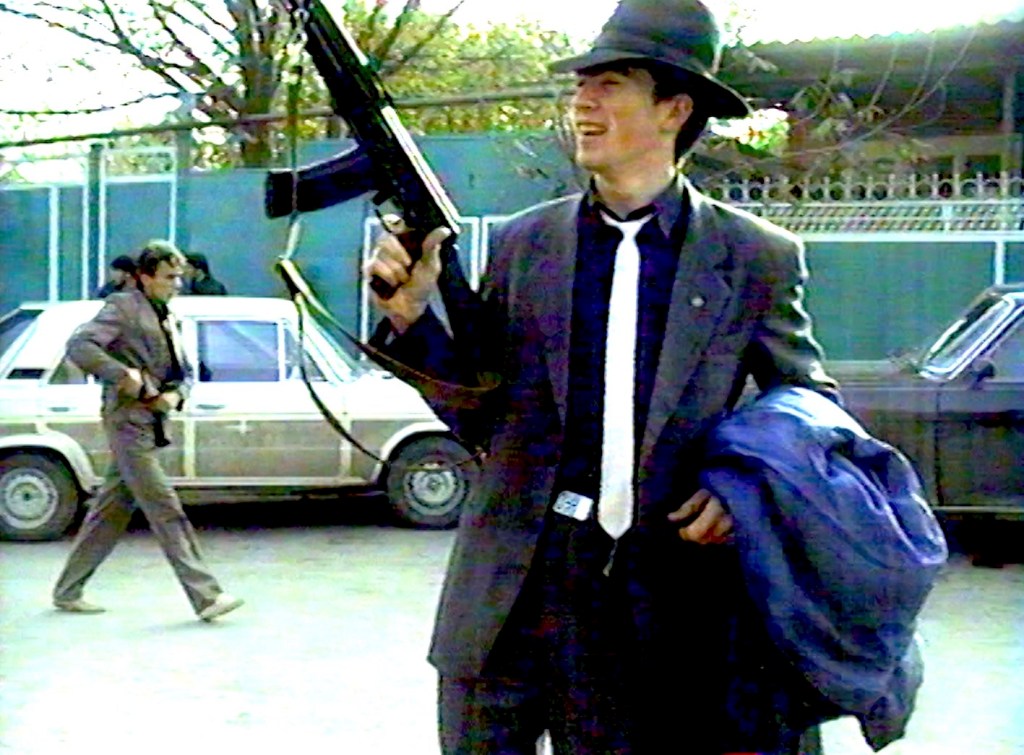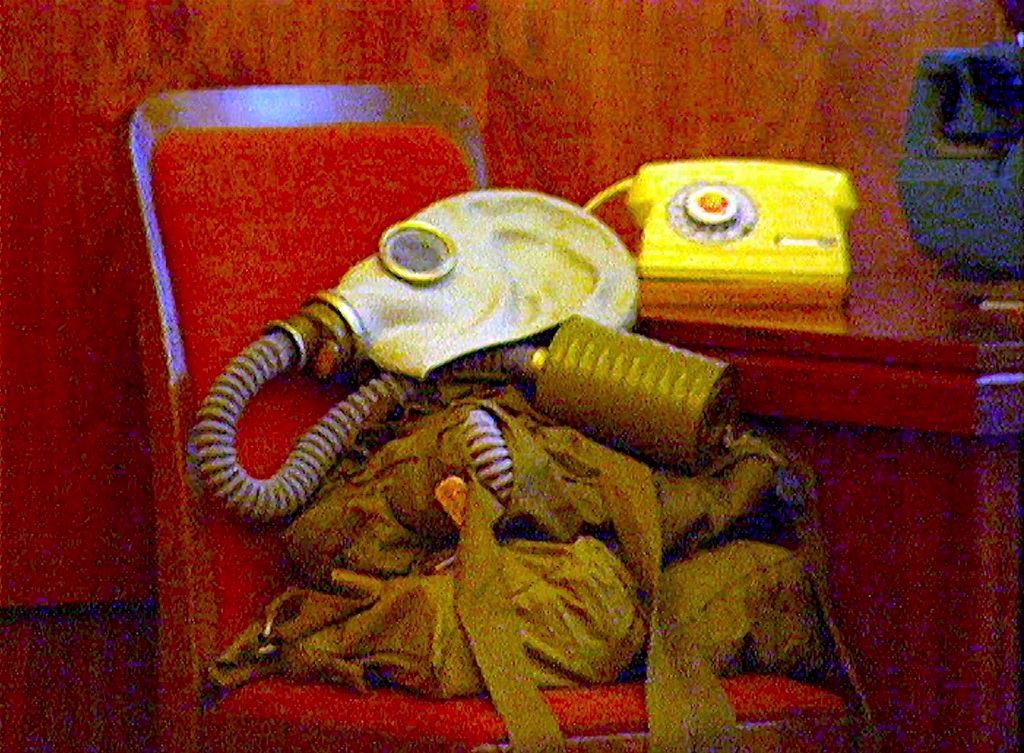Topiary is the art of making something be something it wasn’t. This is achieved by subtraction. By clipping away everything about a yew bush that isn’t a swan, the topiarist creates a representation of that bird in living foliage. The topiarist’s swan is wondrous, but spare a thought for the clippings. Formless, meaningless to the human eye, they have meaning of their own.
History is topiary. From a superabundance of data, the historian and his reader make themselves a story. The parts the narrative is constructed from stay: the rest, like foliage falling victim to the topiarist’s shears, is discarded. If one Wednesday morning W.E. Gladstone notices that a senior colleague avoids his eyes and appears distracted, the historian will seize upon this apparently trivial observation in Gladstone’s diary only if in retrospect the behaviour pointed to something we now know was going to happen. If however the detail links to nothing that we later see as ‘going anywhere’, it will fall from the historian’s shears to join a wealth of other sweepings.
In this respect, a volume of history is more like a novel than we might think. Suppose you read the following in a murder mystery: ‘Hurrying home before midnight and as she passed an alley, she thought she saw a movement in the shadows. She dismissed it as a trick of the light.’ Reading that, you may count on hearing more about it later. You’d feel cheated by a novelist who related the incident then never mentioned it again. Even in the stories we tell of our own lives, we pass over (indeed we’ve already forgotten) most of what led nowhere. Memory itself is topiary, imposing, in retrospect, shape.
Yet something, something true, is lost. I know of no better illustration of this than a BBC television series I’ve been watching over the holiday season, though it was released in October. It’s little short of monumental: a work of documentary genius.
Adam Curtis is a highly individualistic documentary maker but this series – seven extraordinary films arranged chronologically, called TraumaZone and subtitled What It Felt Like to Live Through the Collapse of Communism and Democracy – takes to a new place the art of ignoring the swan and focusing on the clippings. There is no commentary at all, just the occasional explanatory note – like ‘1,500 km from Moscow’. And 1,500 km from Moscow we see a harvest of potatoes being loaded for transportation to empty shelves in a dismal supermarket somewhere different. And then we are elsewhere, perhaps near Vladivostok in a forest, looking at a bear lumbering around.
Curtis has sifted through the enormous heap of all the Corporation’s raw footage from Russia and the USSR from 1985 to 1999, and extracted something magnificent which is mostly not a story at all – in places it’s almost an anti-narrative – so much as a moving, curiously heartbreaking, endlessly changing kaleidoscope of bits and pieces – but without a pattern. Most of this material has never been aired. It doesn’t add up. It doesn’t hang together. It doesn’t ‘go anywhere’. The overall effect hovers between impressionism and the purely abstract.

One struggles, therefore, to describe it. There are literally hundreds of clips, some very short – exactly the kind of stuff that the expression ‘on the cutting-room floor’ is used to describe. Two old women, hundreds of miles from Moscow, walking with suitcases through the snow to see another old woman and talking about their lives; bewildered monkeys in an abandoned zoo. Queues for near-empty shelves in a state-run supermarket. Vox populi lamentations at the collapse of order, security and certainty accompanying the collapse of communism. Soviet leaders, speechless before an angry crowd. Tigers and cubs facing starvation in their iron cages. Avon make-up ladies thrilling their audience with a new world of fashion and beauty. Children begging. People stealing vouchers for shares in privatised state companies. Women in a bankrupt glassware factory. State price-fixing then state attempts to unfix prices. Confident ideologues of left and right. Soldiers in Afghanistan confused about their purpose. How it feels in a town where the potatoes have run out. Boris Yeltsin when he was a hero. Mikhail Gorbachev when he wasn’t. Steelworkers in the Ukrainian Donetsk. Yeltsin in his villa in Crimea. A graduating student’s big, happy day in Ukraine, and a pit of skeletons in a mass burial site dating from Stalin’s time, seen through some iron railings nearby. In the end, it’s all just terribly sad.

This documentary is a curiously heartbreaking, endlessly changing kaleidoscope of bits and pieces
Curtis would be disingenuous to claim – and he doesn’t – that the selection process has been entirely random. Sometimes a little human story does begin to go somewhere, then peters out. The disastrous attempt to introduce a free market in prices and incomes in a single big bang does approach documentary narrative. The rise in Russian nationalism is so strong that it does shoulder its way through the clippings and into what we call history. But here’s a thing: without ‘explanation’ we’re at first rather inclined to sympathise with the stirrings of Russian nationalism, because it defines itself against Soviet communist control. We see Yeltsin advancing and Gorbachev floundering and are taken with Yeltsin, as were the ordinary Russians we’re watching. The documentary doesn’t point to where this led because it doesn’t have to. In 2023 we know. Sometimes there really is a story.
If only there had been a Curtis and a wealth of BBC clippings around the time the first world war was brewing, or during the rise of the Third Reich in Germany. Perhaps then, through the very process of simply watching without trying to make sense of it, we might make sense of it.
Human beings will always try to make scorpions out of star constellations, will always try to join up the dots. Natural selection favours the animals that can because so often the dots mean opportunity, or danger. But sometimes the adventure on which Curtis takes us, the adventure of just staring almost mindlessly at the dots, is worth trying. Try it.







Comments